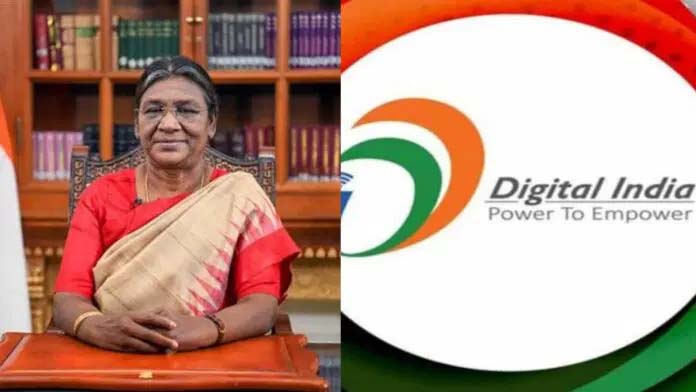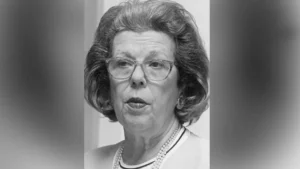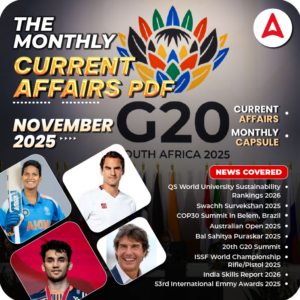On July 18, 2023, the President of India will bestow the prestigious “Bhoomi Samman” awards at Vigyan Bhawan, New Delhi. The awards will be presented to 9 State Secretaries and 68 District Collectors, along with their teams, who have demonstrated exceptional achievements in implementing the Digital India Land Records Modernization Programme (DILRMP) – a crucial component of governance.
Land Records Modernization – Core of Governance:
- The Digital India Land Records Modernization Programme (DILRMP) is considered the core of governance.
- Minister of Rural Development and Panchayati Raj, Shri Giriraj Singh, emphasized the significance of the event for Revenue and Registration functionaries.
- For the first time in the last 75 years, they will receive the “Bhoomi Samman” for their outstanding performance.
Centre-State Cooperative Federalism:
- Shri Giriraj Singh praised the “Bhoomi Samman” Scheme as an example of Centre-State cooperative federalism based on trust and partnership.
- The grading system is mainly based on the reports and inputs provided by the States/UTs in computerization and digitization of land records.
Impact of Digitization on Land Records:
- The digitization process of land records and registration is expected to mitigate the pendency of court cases involving land disputes.
- This will help cut down GDP loss due to projects being stalled over litigation related to land disputes.
Enhancing Effectiveness of Government Programs:
- Shri Giriraj Singh highlighted the significance of land records related information for enhancing the effectiveness and efficiency of various government programs.
- Departments like Agriculture and Farmer Welfare, Chemical and Fertilizer, PDS, Panchayati Raj, and Financial Institutions can benefit from the uniformity and inter-operability of land records information.
Achieving Digitization Targets:
- The Department of Land Resources has achieved 94% digitization targets pan-India.
- The aim is to achieve 100% saturation of the core components of digitization of land records in all districts of the country by March 31, 2024.




 The Forgotten Story of Tamils in Moreh: ...
The Forgotten Story of Tamils in Moreh: ...
 Which Country is Known as the Land of Fe...
Which Country is Known as the Land of Fe...
 Simone Tata: The Visionary Behind Lakmé ...
Simone Tata: The Visionary Behind Lakmé ...







